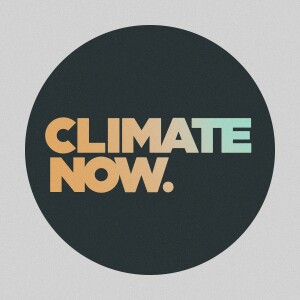
In 2021, U.S. President Biden signed an executive order with the directive to achieve 100% carbon-pollution free electricity in the United States by 2030. The goal is certainly achievable: currently wind and solar are the cheapest forms of electricity generation, the installed capacity of utility-scale solar and wind has increased more than 2000% in the last 15 years, and there are already 1.3 terawatts (TW) of clean energy generation + storage projects seeking to connect to the grid, roughly enough for the grid to reach 80% zero-carbon electricity. But it is one thing to plan clean energy generation facilities, and another to build and connect those facilities into the national power grid, which is done with the oversight of the Federal Energy Regulatory Commission (FERC).
FERC is required to regulate the interstate transmission of natural gas, oil, an electricity, which means they work to ensure that a hypothetical wind project in Iowa transmitting electricity to Chicago, Illinois follows all federal and state permitting requirements along its entire path. That gets complicated, and currently those 1.3 TW of clean energy projects are sitting in a backlog that is taking several years to process. Neil Chatterjee, Chairman of FERC in 2017 and again from 2018-2020, joined Climate Now to explain why getting new clean power connected to the grid is so difficult, how the process can be streamlined, and why that is so critical to reaching the U.S.’s climate goals. Stay tuned!
Follow us on Twitter, LinkedIn, Facebook, and Instagram.
Contact us at contact@climatenow.com
Visit our website for all of our content and sources for each episode.
More Episodes
 2024-04-30
2024-04-30
 2024-03-26
2024-03-26
 2024-03-21
2024-03-21
 2024-02-27
2024-02-27
 2024-02-20
2024-02-20
 2024-02-13
2024-02-13
 2024-01-16
2024-01-16
Create your
podcast in
minutes
- Full-featured podcast site
- Unlimited storage and bandwidth
- Comprehensive podcast stats
- Distribute to Apple Podcasts, Spotify, and more
- Make money with your podcast
It is Free
- Privacy Policy
- Cookie Policy
- Terms of Use
- Consent Preferences
- Copyright © 2015-2024 Podbean.com





